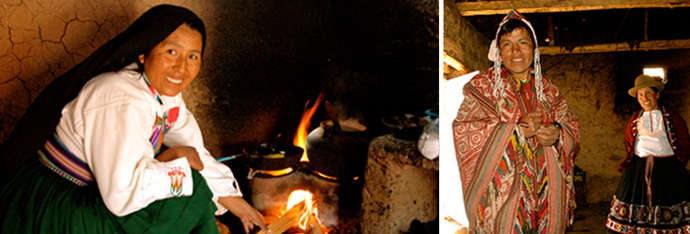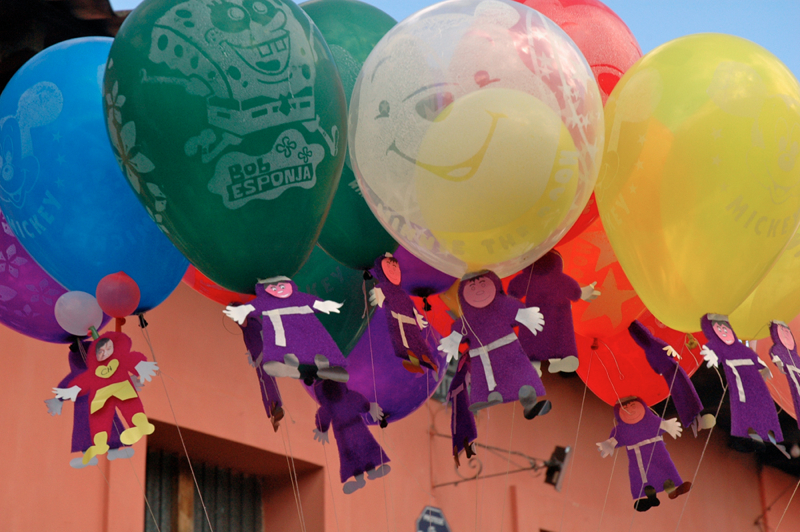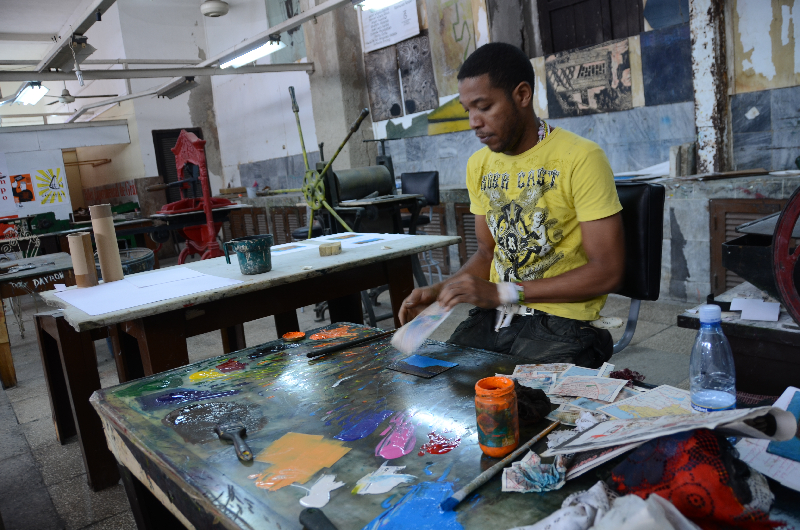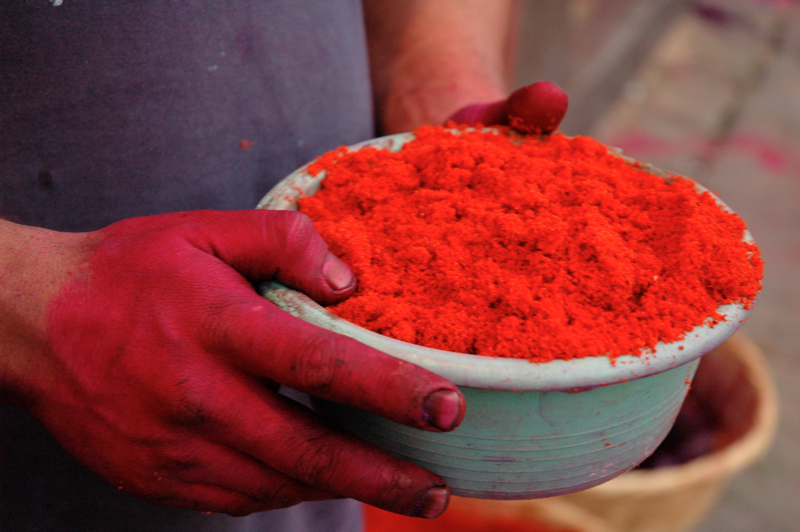


In recent weeks, we’ve been transfixed by the news as popular uprisings have rippled across North Africa and the Middle East dramatically changing the political, economic & social reality of millions of people in half a dozen countries.
While in no way as sudden, dramatic — or in some cases, as violent — as the revolutions sweeping Tunisia, Egypt and Libya, my thoughts have turned in recent days to a much more subtle revolution happening halfway across the globe; one that also affects the political, economic & social reality of millions of people in half a dozen countries in Latin America.
The revolution I’m thinking of is a roots resurgence, specifically, a long overdue recognition of, and respect for, the inherent value of indigenous culture.
This month, a terrific article in Conde Nast Traveler reflects this growing appreciation for the deep-rooted, indigenous traditions of the stunning Northwestern provinces of Salta & Jujuy, Argentina. While the Conde Nast piece highlights this dramatic corner of Argentina, an indigenous cultural renaissance is spreading throughout Latin America.
Perhaps there is no better example than in Peru, where superstar chef Gaston Acurio has turned his  admiration for indigenous dishes and ingredients into a culinary empire spanning three continents, with a popular TV show, flagship restaurants in Chile, Argentina, Spain, and the U.S. as well as dozens of acclaimed eateries scattered throughout his home country.
This revolution doesn’t stop in the kitchen. Thousands of indigenous weavers in Peru, for example, are increasingly finding an appreciation for their intricate textile designs, and a willingness on the part of domestic and international buyers & collectors to pay prices that at least begin to reflect the months of intense labor, not to mention the centuries of cultural knowledge, that go into creating these one-of-a-kind works of art.
There has even been a resurgence of interest in Quechua, the indigenous language spoken by well over 2 million people in Peru, Bolivia and Ecuador. According to the Peruvian news agency Andina, there are 25 universities across North America teaching Quechua. Within Peru, there is a new focus on bilingual education for native Quechua speakers to foster interest in this unique Andean language and to help keep alive the deep cultural knowledge that comes along with it.
Of course, none of this implies that indigenous groups don’t still face tremendous challenges to gain equal opportunity for education, employment and economic status within their home countries. They do. However, merely a decade ago, few would have bet on this renewed respect for, and appreciation  of, indigenous culture. Quietly, steadily, this revolution is transforming Latin America’s cultural landscape.




